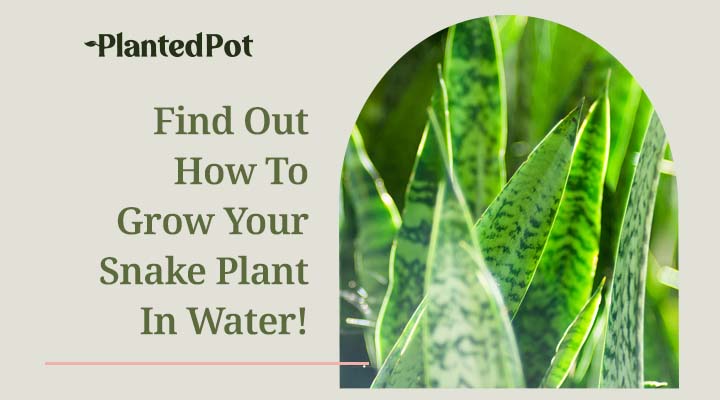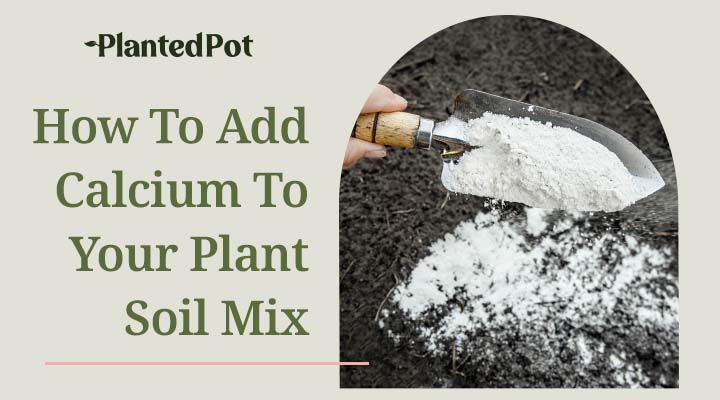
Hanging House Plants: DIY Steps and MORE!
Home / Hanging House Plants: DIY Steps and MORE!
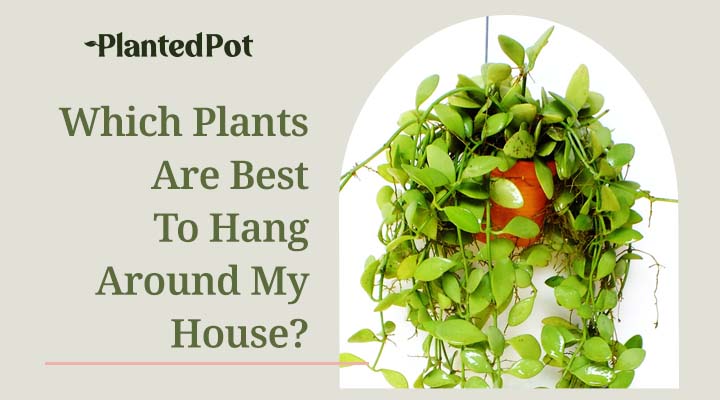
Hanging House Plants: DIY Steps and MORE!
How many potted plants have you tripped over today? Four? Thirteen? Whatever the number is, it’s too high. Well, friend, we’d like to suggest to you a revolutionary idea that has changed the house plant game permanently: hanging your house plants.
We know, they said it couldn’t be done. They said it was madness. But what better way to optimize your space for swing dancing than by hanging a bunch of plants from the ceiling? That was a trick question. There is no better way!
By hanging various-sized planters from the ceiling, you can keep a wide variety of fantastic plants that won’t only beautify the space, but also add that splash of freshness and breath of clean air that you’ve been looking for.
What Do I Need to Hang a House Plant?
Starting down the path of plant-hanging can be daunting. For those of us that don’t carry the handy-work gene, figuring out where to start and what you’ll need can be a real chore. That’s why we’re here to help! Here what you’ll need:
- Ceiling hooks (curved hooks will work best)
- A ladder or stool (if you can’t reach)
- A hanging chain or rope
- A hinged clip
- A drill
- Proper drill bit (5/8 inch will work)
- The plant itself
As difficult as it may seem (not very), the process is actually quite simple, and the materials you’ll need are by no means challenging to come by. Below we’ve compiled a guide to get your plants hanging in five simple steps.
Step 1: Assemble the materials you’ll need
Gather all your handy-dandy materials together to get started! Next, gather some courage and maybe a partner to watch after your safety if you’re particularly accident-prone. We want to hang plants, not venture to the emergency room.
Step2: Find the right spot
Pick the place your plant will look prettiest. Of course, also make sure you can still access it easily for watering, and the plant receives enough sunlight in its new hanging location. Great places to hang plants are:
- On a patio
- Above a bathtub
- In hallways
- In dining rooms
- Reading nooks
- Porches
- Living room corners
Now, ceiling-wise, the most dependable place to hang indoor hanging plants is into a solid wood stud such as a ceiling joist. If you own a stud finder, you can use it to locate the closest joist.
If a stud is not conveniently accessible, you can also install a hanging plant pot into ordinary ceiling drywall, provided that you use a swag hook with a hinged clip that opens out once you push it through the drywall.
Step 3: Drill a hole in the ceiling
Locate your 5/8-inch drill bit, attach it to your drill, and firmly press it into your ceiling. If you’re drilling into a solid stud, you’re in luck! The process is straightforward.
But suppose you’re drilling into sheetrock with no stud behind it. In that case, you’ll need to widen your hole so the hinged clip will be easy to remove. Once it gets past the drywall, the clip will expand, making it quite challenging to take out without damaging the ceiling, so make sure you put it in the correct spot before you start drilling.
Step 4: Install the hook
If you’re installing your clip into solid wood, you’ll want to screw the hook into the hole you just drilled.
If you’re installing your clip into drywall, thread the hook into the hinged clip, then push the entire apparatus into the ceiling until the clip can expand and hold it in place. The base of the hook should cover the hole you made to fit the clip. If not, you will need to patch the ceiling.
Step 5: Hang your plant!
With your hanging pot now firmly in place, you’re finally ready to hang your plant! When it comes to this step, there are many designs to choose from (twine hangers, handmade macrame plant hangers, shelf-style plant hangers, heavy-duty chain hangers, etc.)
When it comes time to make your choice, make sure you choose a design that will functionally support your potted plant and matches the aesthetic you’re aiming for.
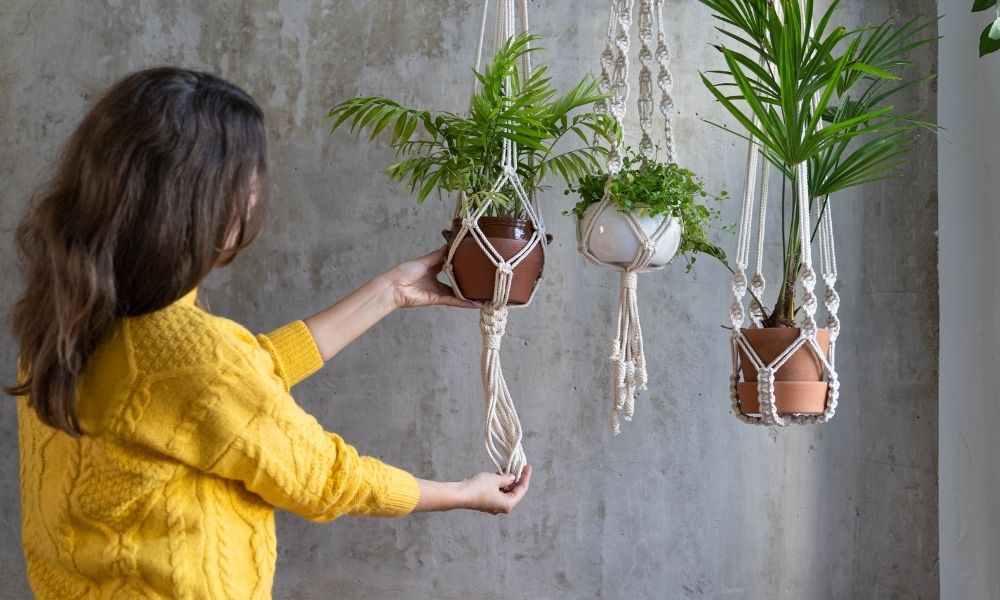
Are There Benefits to Hanging a House Plant?
There absolutely is! Decorating your personal space with hanging plant decor is a fantastic way to liven up any environment.
Besides the obvious aesthetic appeal, hanging plants in your space can help reduce both tension and stress. They create a tranquil environment, significantly improve air quality, help reduce background noise, and generally improve a person’s overall well-being.
Space Saver
If you live in an apartment or condo, free space is often limited, and in many parts of the world, it is becoming increasingly difficult to find a space that has a garden. So what is one to do when real estate on the window sill has dried up and the counters are occupied with other completely necessary clutter? Look up! Literally!
Hanging house plants can be a fantastic way to create more room, and if you happen to find yourself in a cozier apartment, house, or condo, using that free ceiling space for your plant babies can be one of the smartest moves you’ll make.
Air Purifier
In today’s world, clean air can be hard to come by. Why not clean your own air? Or rather, let the beautiful plant life in your home do that for you!
We all know that plants produce oxygen, improving air quality and cleaning the air we breathe. What is there not to love about that! According to one study done by NASA, indoor plants can absorb contaminants like benzene and formaldehyde, which are both known carcinogens and lousy house guests.
Adds Beauty & Texture
Most of us can agree, plants are beautiful. Introducing a plant into your environment can feel like a refreshing breath of fresh air. Plus, you can add an infinite number of textures to your home with a well-placed hanging plant.
You can aim for something spiky, something fuzzy, something bushy, or something glossy. Perhaps try a perfectly balanced combination of any of those things! When it comes time for you to spruce up your space (see what we did there?), the sky is the limit. It all comes down to the aesthetic that you are chasing.
Are Hanging Plants Easy to Care For?
As is the case with all plants, some are, and some aren’t. The ideal hanging house plants are a breeze to take care of! However, before you plan your own ambitious plant Babylon, be aware that not all plants are created equal. Certain plants can be quite challenging to care for while others may refuse to die, regardless of how you take care of them.
Low-Maintenance Plants
These plant babies are made to hang and are truly low maintenance plants! Chill and not prone to complain; you can easily care for these plants in a basket or otherwise.
English Ivy
This plant is famously easy to grow and care for. So much so that in some countries, it’s considered an invasive species. That being said, it is the perfect plant to confine to a hanging basket, as it can’t spread and take over your other plant children. Originating in northern and central Europe, English Ivy thrives in cooler temperatures.
Spider Plants
These groovy plants had quite a run in the 70s before falling out of favor alongside most other trends. But good news — the Spider Plant is back! And for a good reason too.
Despite being one of the easiest plants to care for, the Spider Plant is quite visually impressive once it grows. Spider Plants produce little “plantlet” babies (offshoots that grow from the main plant). The beautifully thin and gently curved leaves make an overall dramatic effect!
Related: Spider Plant Care: Be the Best Plant Parent with These Tips
Heartleaf Philodendrons
These plants are incredibly durable and will tolerate drought to an unbelievable degree. As its common name suggests, the Heartleaf Philodendron has deep, glossy green, heart-shaped leaves. Mature Heartleaf Philodendron may even produce white flowers!
Arrowhead Plants
Syngonium Podophyllum, also known as “five fingers” or “arrowhead vines,” both of which come from the changing shape of the plant’s leaves. At first, the leaves form a sort of arrowhead shape and, over time, eventually grow a few “fingers.”
The plant grows into a long vine, so we’d suggest holding off on trimming the leaves so they can grow nice and long to compliment a hanging basket. Arrowhead plants like humid conditions, making them perfect for the bathroom or kitchen.
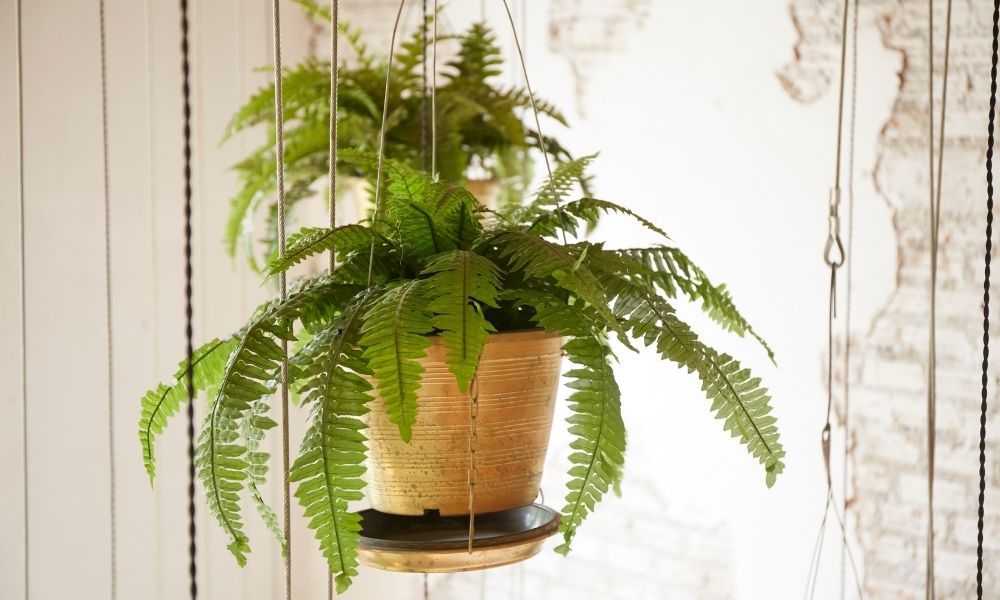
High-Maintenance Plants
These plants require a little more attention from you, but it will be worth it in the end! As mega pop idol Beyoncé once said, “pretty hurts.”
Zebra Plant
Native to the forests of Brazil, these plants love indirect light. They require a consistent temperature of around 68°F. They also need regular soil checks for moisture since if the plant’s soil gets too dry, its leaves will droop.
Calathea
These plants, like many of us, are best characterized by two words: beautiful and sensitive. Either too much or too little water can cause damage to the plant.
When watering and caring for a Calathea, remember that their salt sensitivity will require you to use filtered water. Although, it should be noted these high maintenance house plants aren’t a total burden, as they do survive in low light conditions.
Azalea
These beautiful flowers belong to the rhododendron genus. They are prone to disease and are notoriously tricky to grow indoors. Azaleas require a cool 64 °F and lots of humidity. To top it off, we ask you to remember that all rhododendrons are poisonous to children, cats, and dogs.
Orchid
About 28,000 species of orchid exist globally, and they all share one familiar feature; their reputations as the divas of the plant world. They require lots of direct sunlight but are ever so sensitive to heat. Though there is one upside to caring for an Orchid — they only require watering about once a week.
Which Hanging House Plants Are Best?
All plants are unique and perfect in their own way, but in our eyes, the best plant is a low-maintenance plant. Described in the list above, we believe that these easy-to-care-for floral friends are the best choice for both new and experienced plant parents. Here’s another list below with some additional plants that also make excellent hanging plant decor.
- Devil’s Ivy
- Boston Fern
- Mistletoe Cactus
- String of Pearls
- String of Hearts
- Morning Glory
Where Can I Find Hanging House Plants?
Ready to get your plant-hanging journey started? Good thing you’re already here at Planted Pot! We welcome you to choose from our selection of plants to determine which one is best for you and your space. We sell a large variety of plants perfect for hanging and accessories that will help you get your plants dangling from the ceiling in no time!
Related: House Plants Near Me: How to Locate the Best Stores
Final Thoughts – Hanging House Plants
Hanging your house plants can completely transform your space! There can be so many ways to create homes for our plants! We can stick them in tiny terrarium homes, display them on space-saving ladder plant stands, or hang them from the ceiling!
We hope we’ve helped you find the solution to your plant clutter. Chances are, you have lots of unused ceiling space that’s overflowing with potential.


